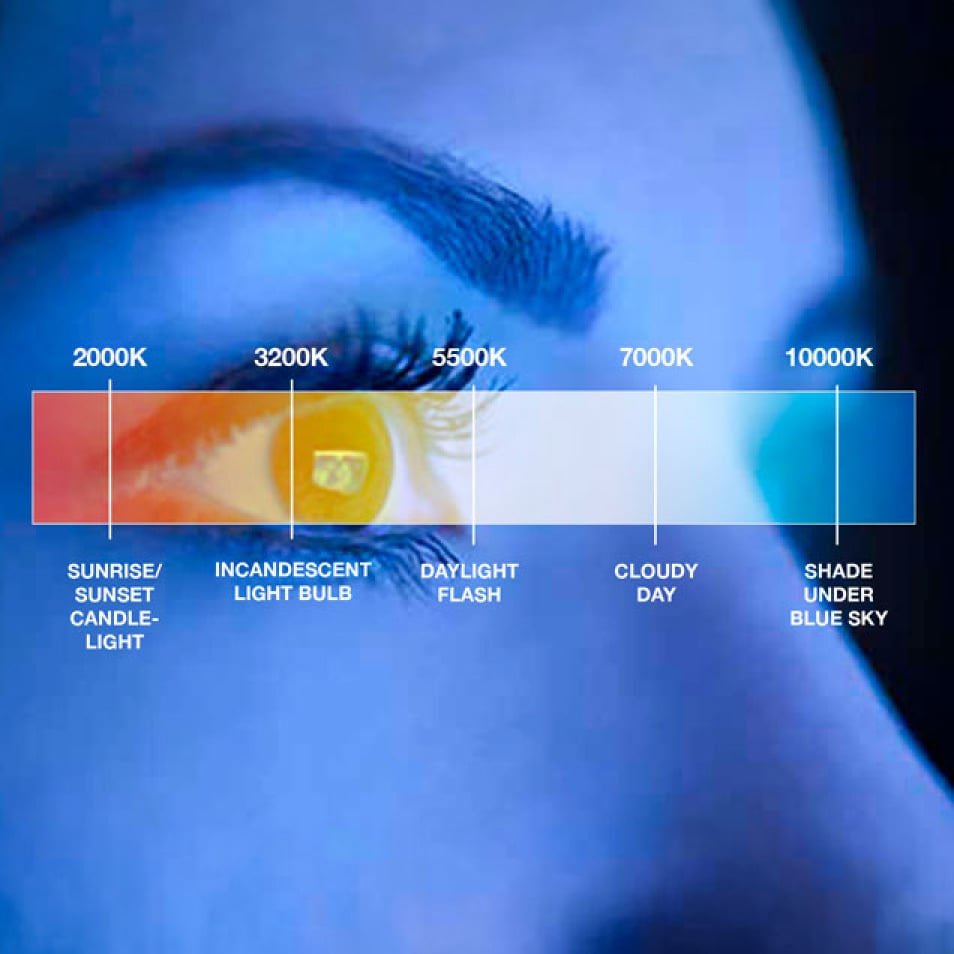Through my continued immersion into all things ePaper and the display industry, a common theme continues to pop up: blue light.
Most people know about how bad the effects of blue light or high screen time can be on your body. Screen time doesn’t only count when you’re on your phone, it is also the time you are working on your computer, watching TV, or using your tablet. Children ages 8-18 are estimated to have an average screen time of 7.5 hours a day, not including the screen time used for schoolwork. Adults over the age of 18 are estimated to have an average screen time of 2-4 hours outside of the time used for work or school. Despite this excessive usage, there are ways to help reduce the effects of blue light.

Credit: E Ink
Why is blue light so bad for you?
Blue light is not only from screens, it’s also emitted from the sun and fluorescent lights. It’s dangerous because of its short, high-energy waves that are only slightly less powerful than UV rays. Excessive amounts of blue light can cause stress to the retina, which may be why you feel eye strain from using screens all day, and it can even contribute to skin aging and hyperpigmentation.
High screen times on a daily basis can cause different risks for different groups of people. Children, for example, are more susceptible to blue light risks because their eyes absorb more of it. Older adults have a similar issue, as when you age you begin to lose the melanin in your eyes, lessening the built-in protection from blue light. Poor quality of sleep and trouble falling asleep can also be caused by heavy blue light exposure. Your circadian rhythm is affected by blue light, keeping you awake and alert during the day and signaling that it is time for sleep at night. When screen time is high before going to bed, the blue light disrupts melatonin production, making it more difficult to fall asleep and stay asleep. While all these negatives seem daunting, there are ways to hinder how much blue light affects you.
How can you counteract blue light hazard?
The easiest way to avoid problems caused by blue light emissions is by limiting your screen time. While this may not seem that plausible to some, small changes can make all the difference. Put your phone away an hour before bed, and read a book instead of scrolling for hours on end. Being more mindful about screen time and making these changes can help with eye strain and quality of sleep.
Another solution could be switching one of your LCD or LED screens to one that has an ePaper display. There are so many options to choose from, for whatever activity you are looking for, whether that be reading, note taking, or using a monitor. ePaper displays don’t emit any light, they rely on ambient lighting, making it no different than looking at a piece of paper. In newer devices, there are front lights built into the sides of the frame of the device, so that it’s possible to use them in darker environments. A study done by Harvard School of Public Health found that ePaper displays using front lights are up to three times healthier for your eyes than LCD screens – and when the front light is off, ePaper displays contain zero blue light.
Whether you use all LCD screens, or a mix with ePaper displays, it’s a good idea to follow the 20-20-20 rule: for every 20 minutes you spend looking at a screen, focus for 20 seconds on something that is 20 feet away. Keep your eyes and mind healthy by being conscious of your blue light intake.
Learn more about healthier screen time here.


Leave Comment